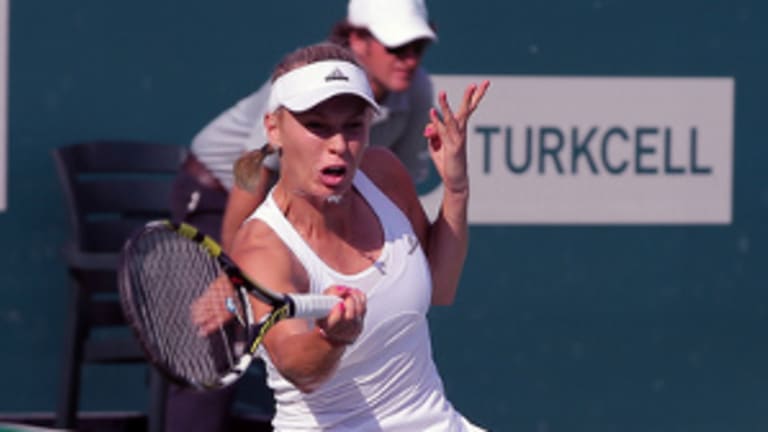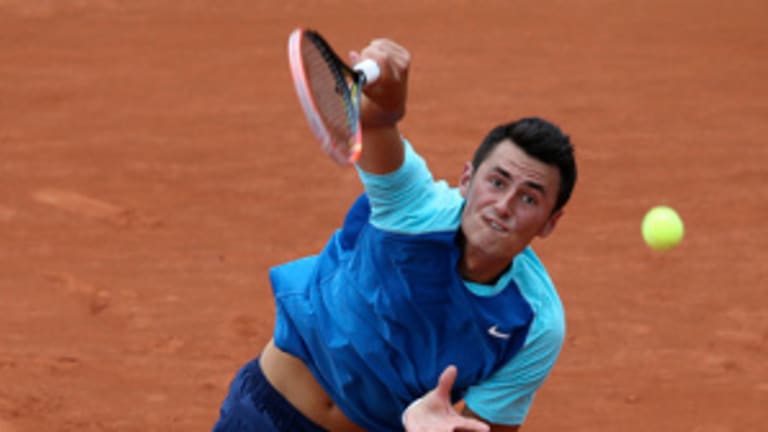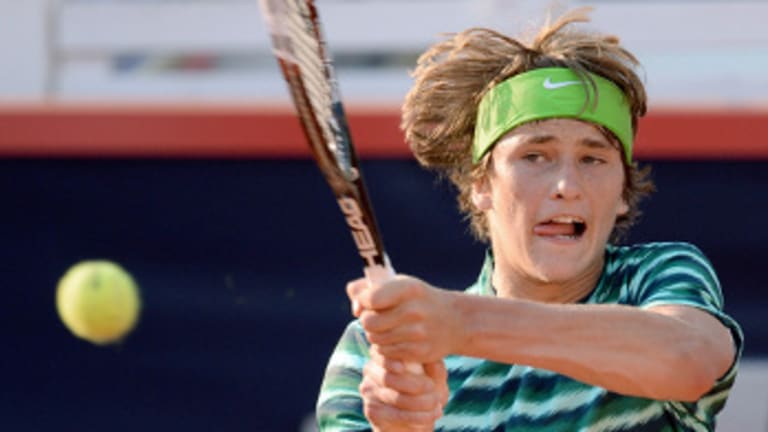Some co-names, like Bennifer and Brangelina, are eternal. But I’ll bet you thought you had heard the last of “Wozzilroy” after Rory McIlroy ended his engagement with Caroline Wozniacki two months ago. Not so fast—judging by the events of this weekend, we may be hearing quite a bit more from both of them in the near future. In case you had something better to do on Sunday than stare at Twitter, McIlroy won the British Open, his first major in two years, on the same day that Wozniacki won the WTA event in Istanbul, her first title of any sort in 2014.
One of those things, as they say, is obviously not like the other—McIlroy’s victory was the golf equivalent of winning Wimbledon, while Wozniacki won a small tournament where she was the top seed. But both the golfer and the tennis player have been much improved over the last six weeks. McIlroy won the first event he played after the breakup; he now has his first British Open; and he’s suddenly a Masters title away from a career Grand Slam at age 25. Wozniacki, meanwhile, reached the semis in Eastbourne, made the second week at Wimbledon, won in Istanbul, and has reversed a recent slide in the rankings. Rather than plummeting out of the Top 20, as she was this spring, she’s knocking on the Top 10 door again. And she's still just 24 years old.
What, if anything, should we make of this not-quite-coincidence? I’d refer readers to two recent quotes from the athletes in question.
“I’ve really found my passion for golf,” McIlroy said after winning the Open. “Not that it ever dwindled, but it’s what I think about when I get up in the morning. It’s what I think about when I go to bed.”
“To play good tennis, your head has to be there,” Wozniacki said at Wimbledon. “I’m in a good place in my head right now, mentally. I think that shows on court. I’m just focused on what I have to do out there and what my purpose is when I go on court. I think that shows.”
In other words, now that the wedding is off, both players have more time to devote to their careers, and more mental energy to give to their games. As Wozniacki says above, it shows on the court, and on the course. This, of course, was always the question with them: How were two people whose working lives took them to different places around the globe for 10 months of the year going to find a way to give 100 percent to their careers—neither of which will last far into middle age—and 100 percent to their relationship?
This isn't to say that it was the right decision, or the wrong decision, for Wozniacki and McIlroy not to get married. We’ll see if their co-surge lasts; it has only been a few weeks, after all. But it already feels as if Rory and Caro have gotten back their old games, as well as their old names.


